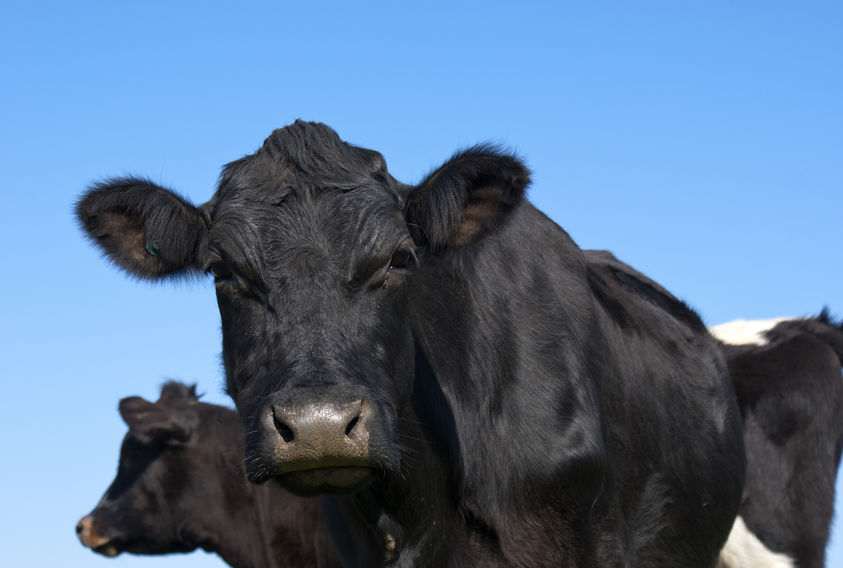
Seasonal supply of livestock is expected to rise in the final quarter due to increased demand over the winter, but the current labour shortages in the red meat processing and transport sectors continue to remain a concern.
This is according to the latest market commentary from Quality Meat Scotland (QMS), which says that Scottish meat processors and transporters are already experiencing staff shortages due to the stricter regulations for EU workers following Brexit.
Roughly half of the red meat processing sector’s workforce in Scotland is estimated to have originated outside the UK, and it is more challenging for businesses to recruit from abroad since leaving the single market.
Iain Macdonald, senior economist analyst at QMS said: “Labour shortages in processing businesses are of particular concern given that the seasonal supply of livestock usually rises in the final quarter of the year to meet increased red meat demand over the winter.
"There are also concerns around shortages of drivers to transport livestock and meat around the country.”
Data from Scottish auction marts for the past five years points to a lift of roughly 10% in prime lamb marketings between September and the three-week pre-Christmas peak in Scotland, and by around 20% in England & Wales.
Meanwhile, at Scottish abattoirs, prime cattle slaughter averaged around 10% higher at its three-week pre-Christmas peak than in September over the past five years.
The peak for cattle tends to begin earlier than for lambs, closer to mid-November due to the longer maturation period.
Mr Macdonald notes that a backlog of slaughter-ready livestock has a knock-on effect. “As we have seen in the US during the pandemic, and in the pig sector in Britain, a surplus of livestock over and above the operational capacity of the processing sector can lead to a backlog of slaughter-ready animals on farm, pressuring the price paid for them, irrespective of the level of consumer demand.
“This year in the US, while farmgate prices have been running around 20% above 2020 levels, equivalent to 315-320p/kg dwt, they have not risen by as much as the wholesale value of carcases which surged higher in May and again in August as processors struggled to handle the level of supply available to them due to labour shortages, while domestic and export demand surged.”
In addition to labour, the rising costs of raw materials, components and parts have also been of concern in the processing sector, with pent-up demand and backlogs at ports across the world leading to rising goods and raw material costs.
These pressures have been compounded in September by a fall in sterling against the US dollar.
At farm level, input cost inflation has also been surging. Defra’s agricultural input data shows that by July, energy costs were around 20% higher than last year, and fertiliser by around 50%.
Mr Macdonald said: “Meanwhile, a tight global market for arable crops pushed up grain and oilseed prices over the winter of 2020/21 and, while now below their previous highs, prices remain elevated above autumn 2020 levels and past inflation will still be passing through from commodity prices to compound feeds.
"Defra data for July placed the cost of compound feed 7% above year earlier levels for cattle and calves, by almost 10% for sheep, and 15% for pigs."
For cattle and sheep finishers, the cost of store livestock has also risen this autumn. At Scottish auctions, 15% fewer steers aged 6-18-months were traded in the four weeks to September 25th than in the same period of 2020 and firm competition pushed up prices.
For steers in the 6-12-month age bracket, by an average of 2.5% to £899, while those sold at 12-18-months have risen by 6.4% to £1,099.
Mr Macdonald said: “At autumn store lamb sales, the number sold has been almost exactly in line with the high levels of autumn 2020. Despite this, prices have climbed well beyond the firm levels of 2020, suggesting strong confidence levels amongst finishers.
"Indeed, in the four weeks to September 25th, Blackface lambs averaged 14% more expensive than last year, clearing at £57, while Suffolk lambs were up by 15% at £79."
For cattle and sheep finishers so far, market prices have held historically firm through September, with prime cattle around 12% above the five-year average, while auction prices for lambs have rebounded over the past week to close the month around 30% above their five-year average.
While pig prices are now sliding sharply, rising carcase weights have at least held overall carcase value 8% above the five-year average, while per kilo prices are holding slightly above their five-year average.
“One part of the sector to see limited price pressure so far is retail. Latest data from Kantar for the 12 weeks to early September points to fresh beef and fresh pork averaging 1-2% cheaper than a year earlier across GB, although lamb did average 4% more expensive,” Mr Macdonald said.
